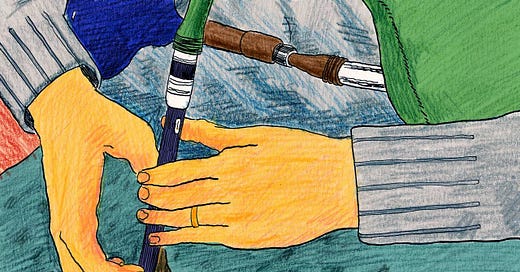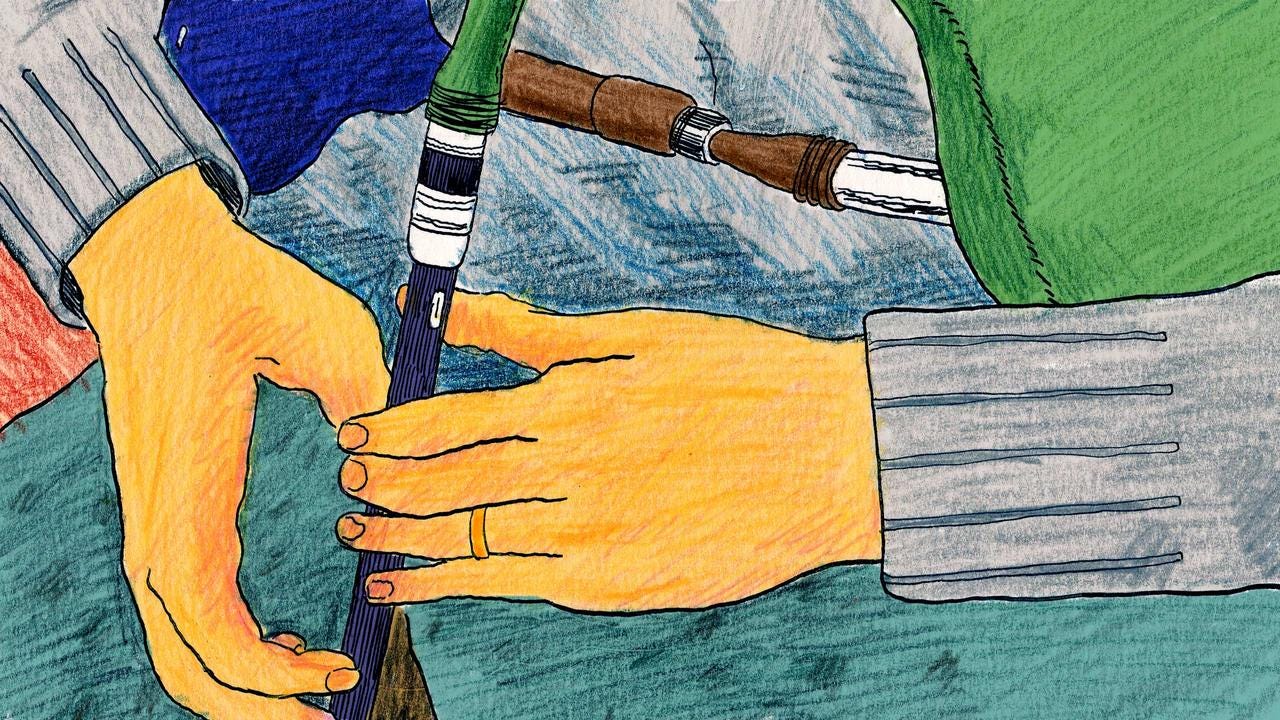A Fine Set of Pipes
Their notes can bring joyous tears / While others may plug up their ears / But to Nate Banton what’s good / Is carving some wood / To craft a bagpipe for the years.
“Everything starts out as blocks of wood,” Nate Banton says, standing in his Williamsburg, Brooklyn workshop, where a heap of rough, rectangular wooden blocks—future bagpipes—sits on a shelf overlooking one of the lathes. They are easy to miss in Banton’s packed workshop, which is tucked into the back of a two-story brick building, behind a door peppered with white and orange graffiti. Here, for the past six years, Banton has served as New York City’s only bagpipe maker.
He shares this building with jewelry-makers and metal- and woodworkers, but has a “somewhat soundproof” tuning booth in which to test his bagpipes. The lathes are by far the largest tools in the room, but there is also a buffing wheel, a grinding wheel, a drill press and a torch for silver soldering.
The bars on the windows rattle in the breeze as Banton, who is thirty-six, explains how he puts bagpipes together. It is drafty inside the workshop, and Banton is dressed accordingly in a gra…
Keep reading with a 7-day free trial
Subscribe to Narratively to keep reading this post and get 7 days of free access to the full post archives.




